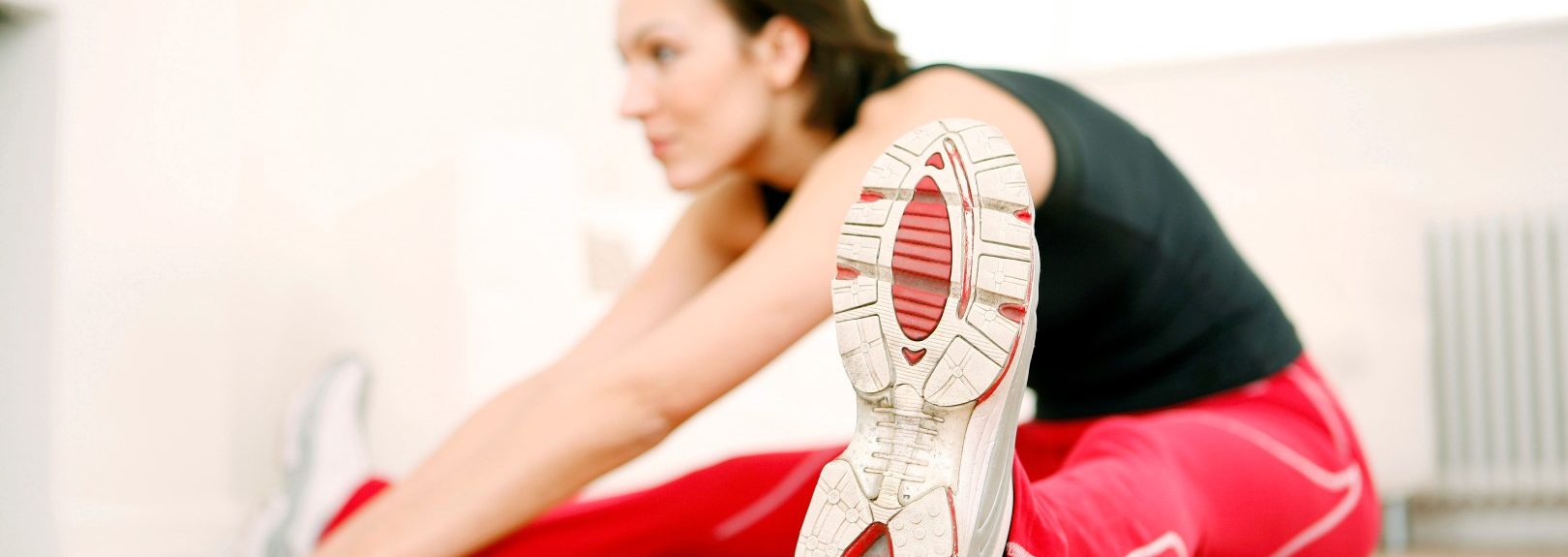You read and hear a lot about the importance of good pelvic floor muscles. They are often associated with being able to control your bladder and bowels so it’s not an exciting topic but a very important one!
A lot of people think it’s either a woman only issue because it’s talked a lot about with respect to pregnancy and childbirth or something to think about when are older based on the advertisements you see about leakage when laughing or sneezing.
However having issues with your pelvic floor muscles leading to incontinence can affect anyone at any age.
Incontinence is a term that describes any accidental or involuntary loss of urine from the bladder (urinary incontinence) or bowel motion, faeces or wind from the bowel (faecal or bowel incontinence). [source https://www.continence.org.au]
It has always been drummed into me to perform pelvic floor exercises (also known as kegels) especially when I became pregnant. It wasn’t until after I gave birth that I experienced problems. I had heard that there might be some initial problems (we had a forceps delivery so that didn’t help my pelvic floor muscles) so I was very conscious about doing my exercises post birth. However, it wasn’t until my 6 week post birth check up that I found out that something was wrong. I was asked to perform a few contractions and my pelvic floor muscles were very weak.
I was referred to a specialist physiotherapist and it seemed that the connection between my brain and my muscles had gotten confused and when I was thinking I was doing my contractions I was actually doing the opposite and creating more strain on my pelvic floor!
Seeing a specialist physiotherapist that deals with pelvic floor muscles is super helpful because they can help you identify the correct way to perform the pelvic floor exercises (although they do an internal exam to check this so that was a bit weird) and to determine how strong your pelvic floor muscles are… it’s actually a problem if your pelvic floor muscles are too tight!
She could tell how my muscles were performing and gave various exercises to do. I could tell things were improving and like any muscle I had to train them to respond correctly. I saw the physiotherapist regularly and slowly started to build up the strength of my pelvic floor.
She told me a few things that are worth remembering
- Men will usually only really think about their pelvic floor muscles after issues with their prostate.
- We should all learn to perform pelvic floor exercises correctly – visiting a specialist physiotherapist will help you. They can even show you via ultrasound how your muscle responds. You can actually feel with your fingers and see your muscles working near your hip when doing the exercises properly.
- You should not test how strong your pelvic floor is by stopping the flow of urine too often as that actually can stress the muscles unnecessarily.
- It’s not too late to strengthen your pelvic floor. If you’ve had issues for a while go and get checked out!
- And it’s never too early to start!
More information can be found at
https://www.continence.org.au/
http://www.pelvicfloorfirst.org.au/


